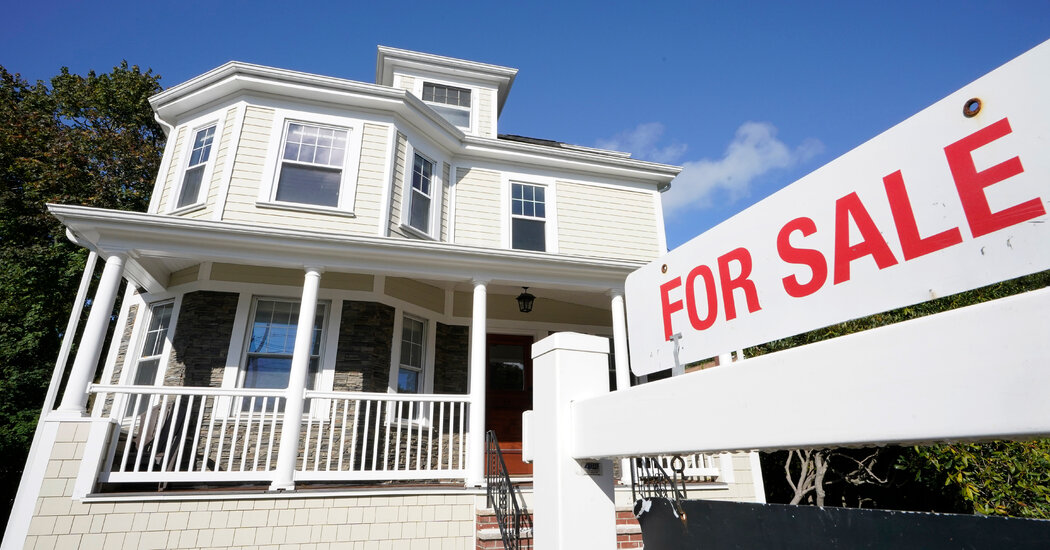(A surviving partner or minor or disabled little one can proceed to dwell in the home after a Medicaid beneficiary dies, however after the survivors die, or after a toddler turns 21, property restoration can proceed.)
Each state gives hardship waivers that cut back claims, however “the method tends to be troublesome or futile,” Mr. Carlson mentioned. “Relying on the state, the request is sort of at all times unsuccessful.”
“I don’t assume property restoration was a coverage created primarily to affect low-income households, however that’s the affect it’s having,” mentioned Natalie Kean, one other directing legal professional at Justice in Getting older.
Property restoration may have an effect on middle-class households, nonetheless. Many flip to Medicaid as a result of, given the price of nursing properties (the median worth final 12 months was $8,669 a month), “your financial savings can disappear in a rush,” Mr. Carlson mentioned.
Brian Snell, an elder legislation legal professional in Marblehead, Mass., represents a household whose 93-year-old mom, who had dementia, died in 2022 at her condominium in North Andover. Her daughter had reduce on her hours as a beautician to look after her at residence, wanting to maintain her out of a nursing residence as a result of “that was her mom’s want,” Mr. Snell mentioned.
